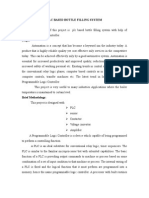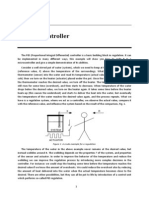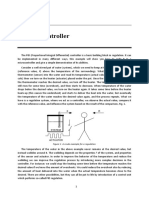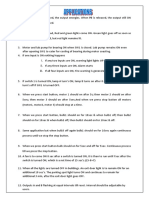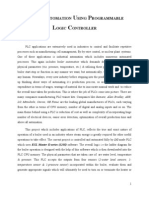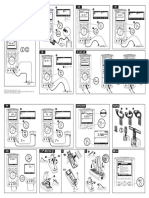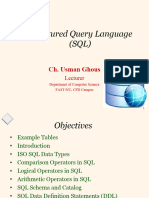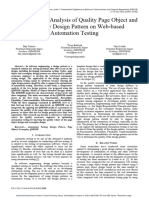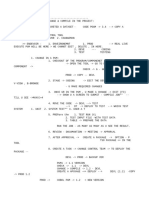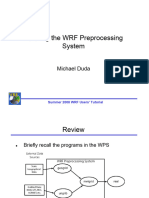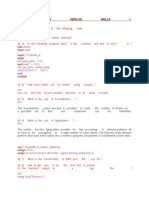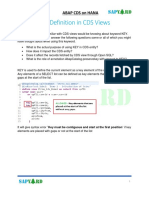0% found this document useful (0 votes)
10 views4 pagesPLC Program To Call A Subroutine For A Different Process
The document outlines a PLC program designed to call a subroutine that adds temperature outputs from two transmitters and updates the display every 10 seconds. It explains the advantages of using subroutines for data display and provides a detailed description of the program structure, inputs, outputs, and the ladder diagram. Additionally, it includes runtime test cases to demonstrate the functionality of the program.
Uploaded by
ZIASY ShesmerCopyright
© © All Rights Reserved
We take content rights seriously. If you suspect this is your content, claim it here.
Available Formats
Download as PDF, TXT or read online on Scribd
0% found this document useful (0 votes)
10 views4 pagesPLC Program To Call A Subroutine For A Different Process
The document outlines a PLC program designed to call a subroutine that adds temperature outputs from two transmitters and updates the display every 10 seconds. It explains the advantages of using subroutines for data display and provides a detailed description of the program structure, inputs, outputs, and the ladder diagram. Additionally, it includes runtime test cases to demonstrate the functionality of the program.
Uploaded by
ZIASY ShesmerCopyright
© © All Rights Reserved
We take content rights seriously. If you suspect this is your content, claim it here.
Available Formats
Download as PDF, TXT or read online on Scribd
/ 4







